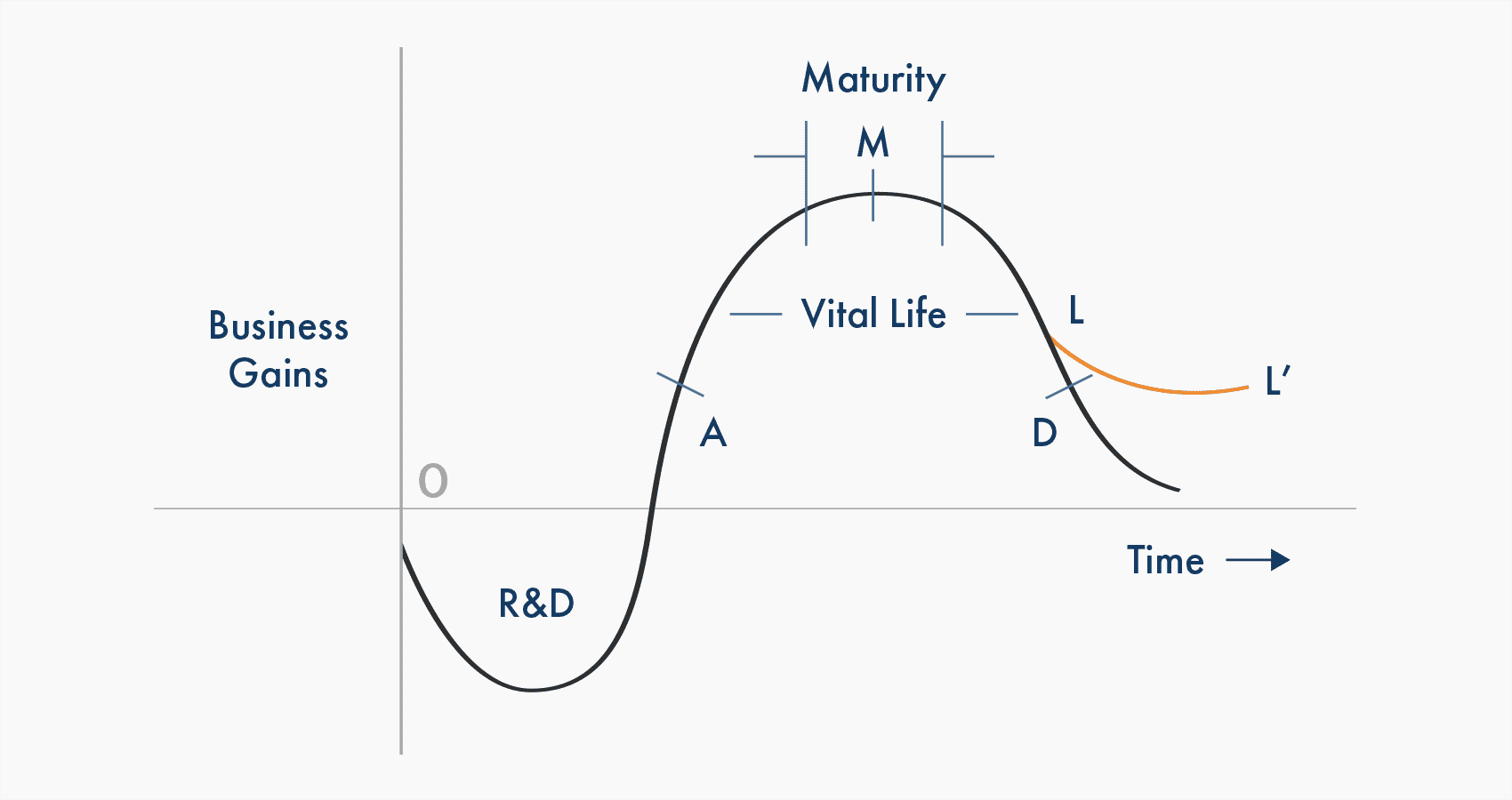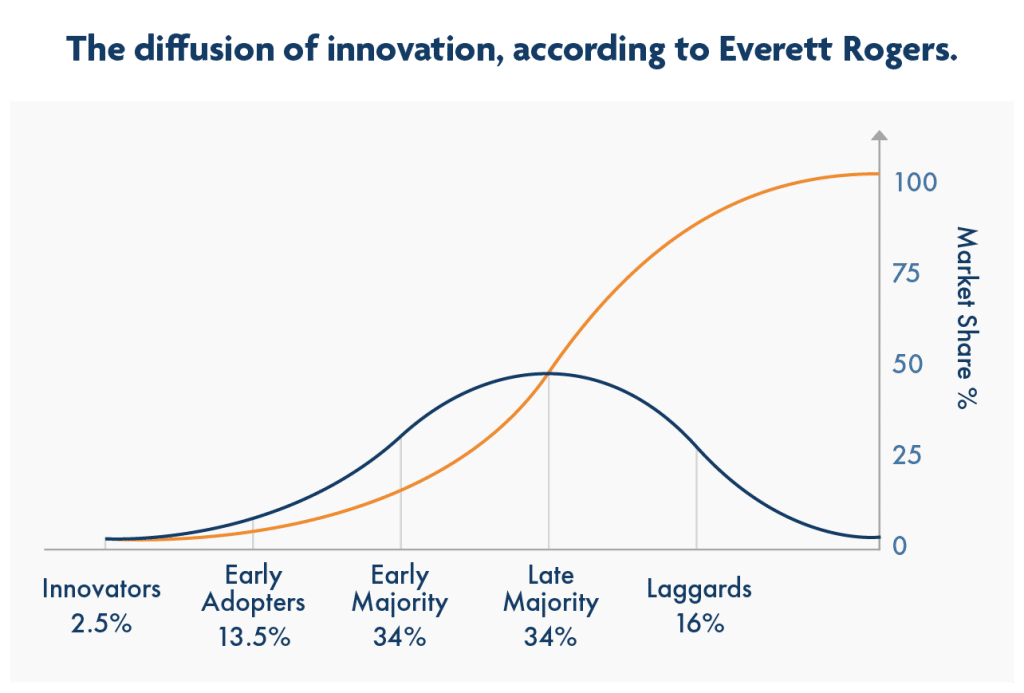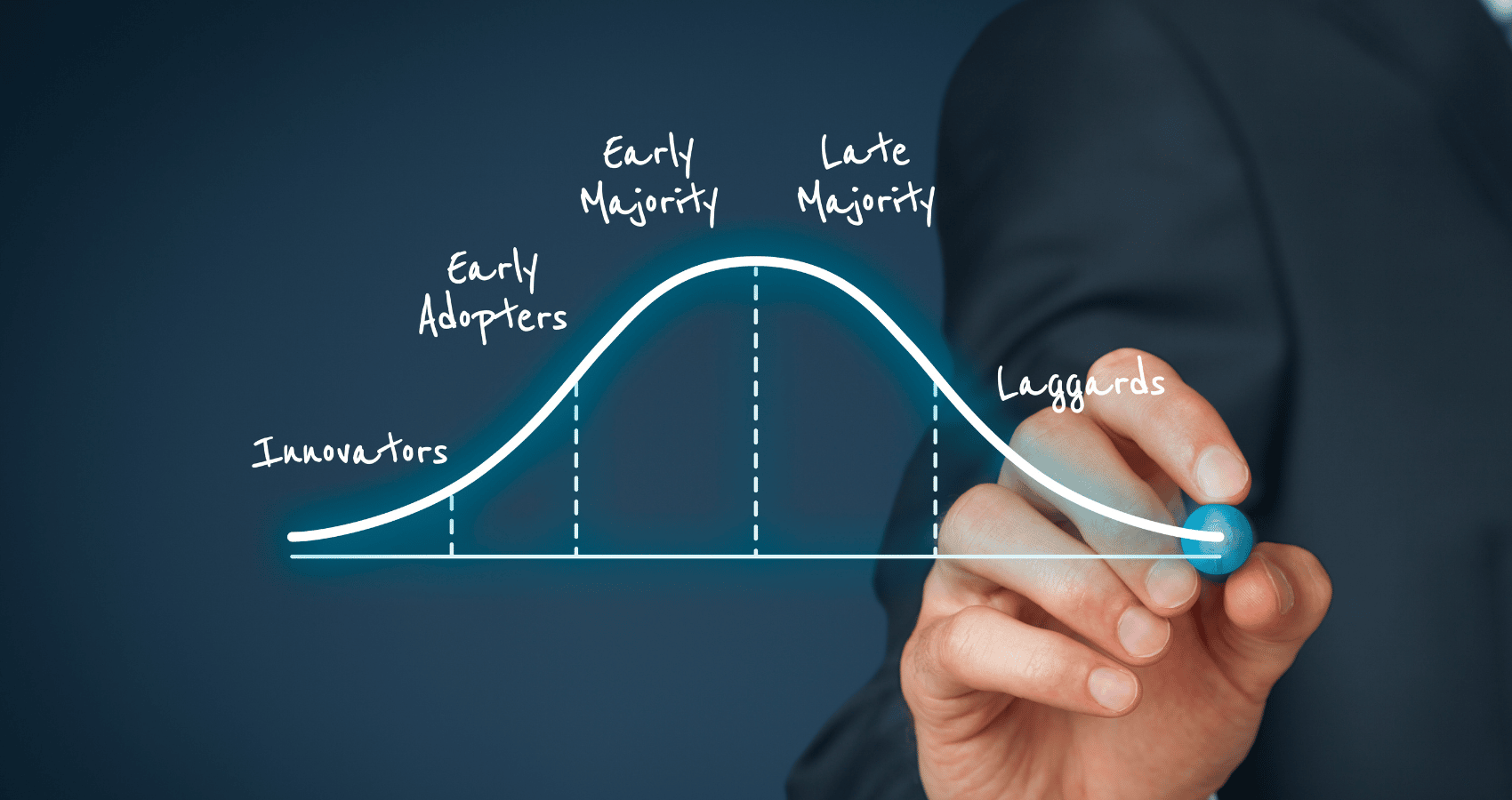When it comes to investing in technology, most people are looking for solutions to the same business needs: Maximum functionality and flexibility at the lowest price. Rarely it is possible to have more than one without compromising on the other two. It’s therefore important that CEOs, CIOs, and top technology officers understand the dynamics of how to best optimize their technology portfolios. An approach called Technology Lifecycle Management (TLM) can be a useful tool, regardless of the size of your company.
In this article, we’ll provide an executive overview of TLM and how to leverage this concept to build a technology roadmap for your technology growth and investment across the organization.
What is Technology Lifecycle Management?
Technology Lifecycle Management is a strategic approach for managing your organization’s IT infrastructure. It spans the early phases of research and planning for a technology purchase, through the decline and retirement of the technology. Using TLM helps leaders make the right purchasing decisions and manage their technology investments over the long term.
For technology companies or large manufacturers, Technology Lifecycle Management can be a complex affair. There may be patents or trademarks involved, which can allow an innovative methodology to be used until the rest of the market catches up. Conversely, disclosure of secret elements can reduce the useful life of patented technology.
Fortunately for CEOs of most medium- and small businesses that aren’t in the tech sector, Technology Lifecycle Management is simpler but no less important. Chances are good that, whatever technology you decide to spend money on today, something better and cheaper is just around the corner.
Still, the principles of TLM are roughly the same for large or small, and tech or non-tech, business leaders. They also apply both to the stage of the technology you’re investing in – and to your use of the technology once you’ve deployed it.
The four phases of Technology Lifecycle Management
Whether you’re investing millions in a new process or figuring out which cloud-based accounting interfaces to choose at only hundreds of dollars per month, all technologies exist in one of four phases.
- The R&D Phase: First there are the sunk costs of identifying a problem, researching options, and developing a solution (the R&D phase).
- The ascent phase: Once a solution is implemented, the technology delivers a certain amount of gain.
- The maturity phase: Eventually, those gains level off.
- The decline phase: Finally, those gains are gradually exhausted as newer, more efficient technologies or processes render the solution obsolete.

Where do you sit on the technology adoption curve?
The other relevant curve, which you likely already know about, is the technology adoption curve, developed for agriculture and home economics in 1957 and popularized by social theorist Everett Rogers.
Are you an innovator or an early adopter?
Or are you only willing to invest in more established technologies?
Perhaps you’re so risk averse as to be a laggard, putting your money only on solutions you know from your own experience are “tried and true.” Wherever you sit on the technology adoption spectrum will greatly influence when and how your enterprise jumps into new technology.

There are benefits and risks to each type of technology adopter. The risk of being an innovator or early adopter is a familiar one: Some people enjoy finding solutions to problems that may not exist. Once a problem has been identified, however, even laggards need to appreciate that the bottom line often depends on a solution.
The R&D phase
The first phase of technology lifecycle management is where research comes in. We’re not talking about the kind of research that goes into creating a new vaccine or mechanical process. It could be as simple as lining up a bunch of competing vendors, reading reviews, and conducting a cost-benefit analysis.
The point is, large or small, CEOs should have a clear understanding, upfront, of the total cost of ownership, risks, and benefits of each option. Understanding where a technology solution is on its own TLM lifecycle is critical to making the right call. This isn’t to say only technologies in the early stages of their lifecycle should be considered: A mature or declining technology might be less expensive and suit your needs just fine during the time you need it.
Making the right decision requires ensuring the purchase aligns with your business plan. Be certain you understand which business objectives are furthered by the investment and which profitability needles you’re hoping to move once the new solution is deployed.
- Should labor costs come down?
- Customer experience support calls decrease?
- Do sales cycles accelerate?
Having clear, measurable outcomes will be critical in tracking the solution’s success and its own stage in the technology lifecycle.
As you do this, keep in mind the “functional, flexible, low-cost” imperatives:
- Does the chosen option include upgrades, support, and a degree of forwarding compatibility?
- What disruptors in the market might render it obsolete before you’re finished realizing any gains?
The R&D phase requires sunk costs with uncertain prospects of return on the investment. That’s why it’s often called the “bleeding edge” of the technology lifecycle.
Let’s now look at the “leading edge.”
The Ascent Phase
Your technology investment, once made and launched, should begin to return gains. It may take months for those gains to accelerate, but those gains are usually cumulative and logarithmic. How quickly those initiatives level off at maturity depends on where in the technology lifecycle the solution was when it was purchased and the pace of innovation in the competing space.
To measure those gains, amortize the cost over the number of expected years to the end of the solution’s lifecycle, and factor in the benefits based on the outcomes you decided to measure.
The Maturity and Decline Phases
For older enterprises, most if not all of their technology environment may be in the mature or declining phases. This isn’t necessarily a bad thing: The costs are in the past and the organization’s core business may still be deriving sufficient value from the asset. The trick is to know when a lack of investment becomes divestment, or harmful to the enterprise.
The good thing about today’s cloud-based, licensed technologies is how they liberate end users from having to make risky, multi-year hardware purchases on capabilities that may become rapidly obsolete. The switching costs have never been lower for most enterprise technologies. Still, it’s important to know and manage their lifecycle stage, relative to the competition.
How to Create a TLM portfolio
Getting a TLM approach off the ground isn’t difficult, but it does require some business strategy efforts. We’ve helped a number of organizations with navigating the intersection of strategy and technology.
Here are a few ways to get started:
- Conduct an inventory and audit of all your technology assets. This includes putting barcoded labels or RFID tags on hardware, and the data management of all of your licenses and service-level agreements from a single place.
- Create a technology lifecycle portfolio, allowing you to see at a glance each of your technology investments and which lifecycle stage it’s in.
- Develop an annual schedule for disposing of obsolete technologies, upgrading those to be kept in service, and investing in replacements or new functionality.
- Develop a cost-benefit rubric – one that balances functionality, flexibility, and cost – and apply it across the board to all new technology purchases or licensing decision-making.
- In contracts with vendors, insist on provisions that protect you from obsolescence. These might be things like ongoing support after deployment, updated configurations, and software upgrades.
We at Mod Op Strategic Consulting are here to help with your technology lifecycle management, so reach out if you’d like to chat further.

















